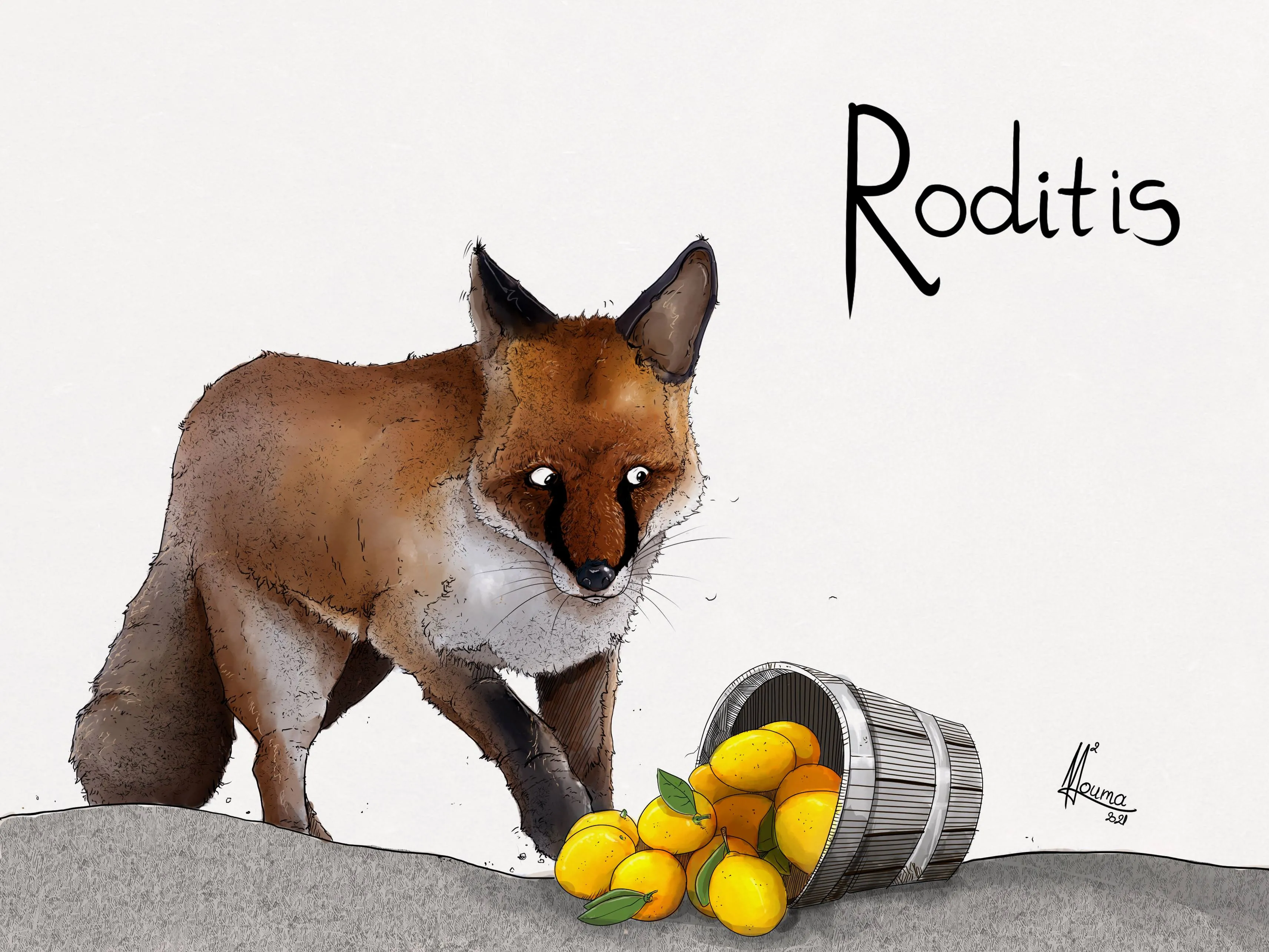
Roditis
At a glance
Roditis is one of the two most planted varieties in Greece. Together with Savatiano, it covers close to one-third of the country’s total plantings. Current numbers show that it is planted in 9150 ha (11% of the Greek vineyard) vs 10.500 of Savatiano (13% of the Greek vineyard), but Roditis is much more productive. It used to be predominantly associated with Retsina, whereas nowadays various clones and mountainous terroirs produce thrilling examples that elevate the variety's excitement. Τo these can add some natural and skin contact versions, as Roditis is a pink-skinned variety.
It is a variety that has been cultivated for very many years all around Greece. Mostly planted in the Peloponnese, in the prefecture of Achaia, Evia, Boeotia, Attica, Thessaly, central and eastern Macedonia.
Subscribe to Continue Reading
This premium Greek variety profile is restricted. Subscribe to get access to all Greek varieties and unlock our complete library of expert insights.
- Email updates (1–2 / month)
- Access to free posts
- 1 featured article unlocked every month
- Special subscription offers
Aficionado
For enthusiasts and trade professionals who want full article access
Subscribe Now- Full access to all subscriber-only posts
- Full access to wine reviews and grape varieties sections
- Executive summaries for major features/reports
- Reliable, focused information on Greek wine, in an international voice
Aficionado Premium
For advanced readers, sommeliers & buyers needing deep documentation
Go Premium- Everything in Aficionado, plus:
- Full access to all Reports (6 to date)
- Access to approximately two new reports per year
- Executive summaries for major features/reports
- Reliable, focused information on Greek wine, in an international voice
Professional
For importers, retailers, restaurants, producers, and trade press
Get Professional- Everything in Aficionado Premium, plus:
- Publication rights for reviews and short tasting notes (up to 50 words)
- Article excerpt rights (up to 120 words, up to 3 excerpts/month)
- Priority support (email) for usage/attribution questions
- Mandatory attribution required with active link where possible
Already have an account?
Sign in here